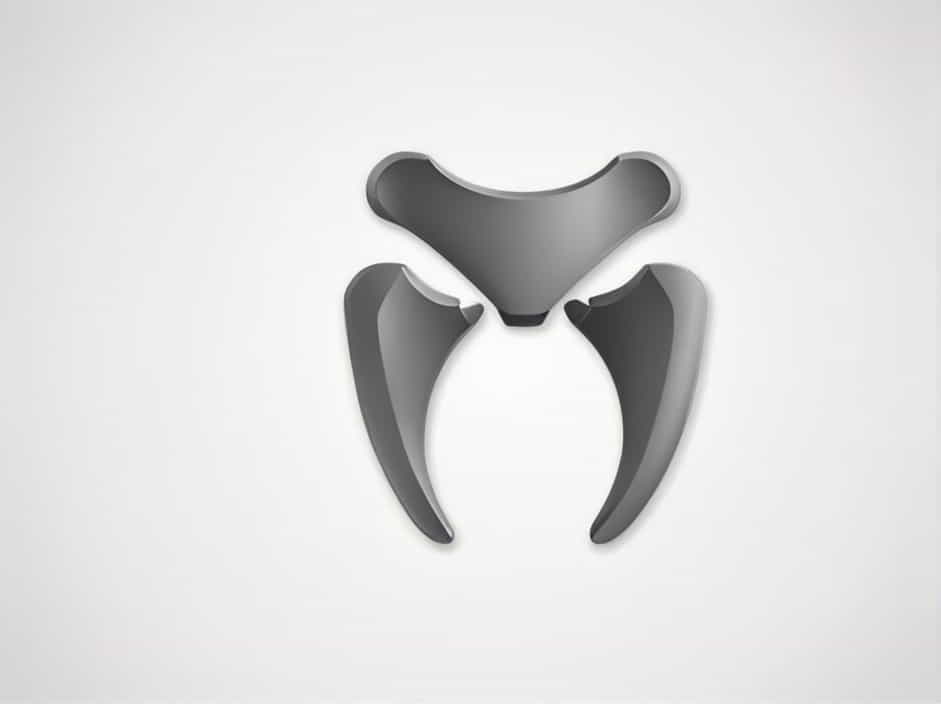The hip bone is a vital part of the human skeleton, providing support, stability, and movement. It consists of three major sections: the ilium, ischium, and pubis. Among these, the ilium is the largest and uppermost part, playing a crucial role in weight distribution, muscle attachment, and overall mobility.
In this topic, we will explore the structure, function, and importance of the ilium, along with common conditions that may affect it and how to maintain hip health.
What Is the Ilium?
The ilium is the widest and most superior part of the hip bone. It forms the upper portion of the pelvis, connecting to the sacrum at the sacroiliac joint. This connection plays a key role in supporting body weight and facilitating movement.
The ilium has several important landmarks, including:
- Iliac crest – The curved upper edge of the ilium, felt along the waist.
- Iliac fossa – A smooth, concave surface on the inner part of the ilium.
- Anterior superior iliac spine (ASIS) – A bony projection at the front of the ilium, important for muscle attachment.
- Posterior superior iliac spine (PSIS) – A bony prominence at the back, often used as a reference point in medical examinations.
Functions of the Ilium
The ilium is essential for multiple biomechanical functions, including:
1. Weight Bearing and Support
The ilium helps distribute the body’s weight evenly between the lower limbs, ensuring balance and stability. It connects to the sacrum through the sacroiliac joint, which plays a crucial role in absorbing shock during walking and running.
2. Muscle Attachment and Movement
Several important muscles and ligaments attach to the ilium, contributing to hip and leg movement. These include:
- Gluteal muscles (gluteus maximus, medius, and minimus) – Essential for hip stability and movement.
- Iliacus muscle – Works with the psoas to facilitate hip flexion.
- Tensor fasciae latae (TFL) – Aids in thigh movement and knee stabilization.
3. Protection of Internal Organs
The ilium provides a protective bony shield for pelvic organs, including parts of the intestines, bladder, and reproductive organs.
The Sacroiliac Joint: Connecting the Ilium to the Spine
The sacroiliac joint (SI joint) is the meeting point of the ilium and sacrum. This joint:
- Helps transfer weight from the upper body to the lower limbs.
- Provides stability while allowing limited movement.
- Contains strong ligaments that prevent excessive motion.
Dysfunction in the SI joint can lead to lower back pain and mobility issues.
Common Conditions Affecting the Ilium
1. Iliac Crest Pain Syndrome
Pain along the iliac crest is often caused by:
- Muscle overuse (from running, jumping, or repetitive motion).
- Trauma or impact injuries.
- Inflammation of the muscles and ligaments.
2. Sacroiliac Joint Dysfunction
Problems with the SI joint can result in:
- Lower back and hip pain.
- Difficulty standing or walking for long periods.
- Radiating pain down the legs.
3. Pelvic Fractures
Fractures of the ilium may occur due to high-impact trauma, such as falls, sports injuries, or car accidents. These fractures require medical attention and, in severe cases, surgery.
4. Hip Osteoarthritis
Over time, the hip joint and ilium may suffer from wear and tear, leading to osteoarthritis, which causes:
- Joint pain and stiffness.
- Reduced mobility.
- Inflammation and swelling.
How to Keep the Ilium and Hip Joint Healthy
1. Strengthening Exercises
Regular hip-strengthening exercises can help prevent injuries and improve stability. Try:
- Glute bridges to strengthen the gluteal muscles.
- Leg raises to enhance hip flexor strength.
- Squats and lunges to improve overall hip function.
2. Proper Posture and Body Mechanics
Maintaining good posture reduces strain on the hip bones. When standing or sitting:
- Keep your back straight.
- Distribute weight evenly between both legs.
- Avoid prolonged sitting—take breaks to walk and stretch.
3. Nutrition for Bone Health
Strong bones require proper nutrition, including:
- Calcium-rich foods (dairy, leafy greens, fortified cereals).
- Vitamin D to aid in calcium absorption.
- Protein to support muscle and bone health.
4. Stretching and Flexibility
Regular stretching improves hip mobility and flexibility. Focus on:
- Hip flexor stretches to release tension.
- Glute stretches to improve muscle elasticity.
- Yoga poses, such as the pigeon pose, to enhance hip flexibility.
5. Avoid High-Impact Activities
To prevent excessive stress on the ilium, avoid:
- Jumping or running on hard surfaces without proper footwear.
- Lifting heavy weights with poor form.
When to See a Doctor
If you experience persistent hip pain, limited mobility, or swelling, consult a doctor for proper diagnosis. X-rays, MRIs, or CT scans may be needed to assess injuries or degenerative conditions.
The ilium, the largest and uppermost portion of the hip bone, plays a critical role in support, movement, and weight distribution. By maintaining strong muscles, good posture, and a balanced diet, you can protect your iliac region and maintain long-term hip health.
If you ever experience hip pain or discomfort, early intervention and proper care can prevent complications and improve mobility.
